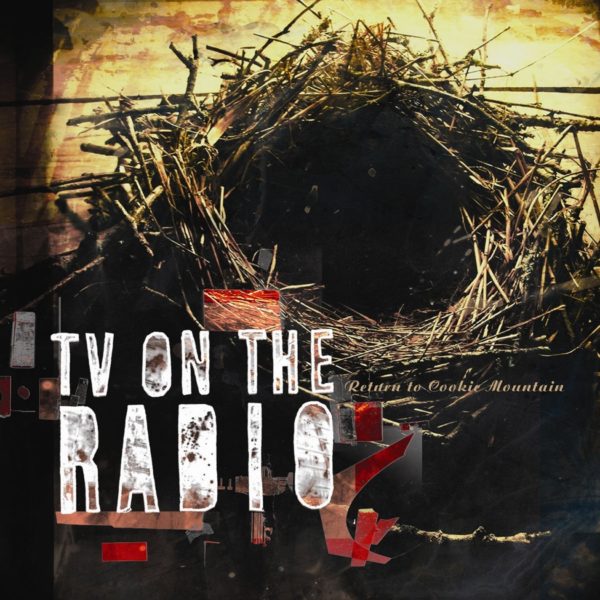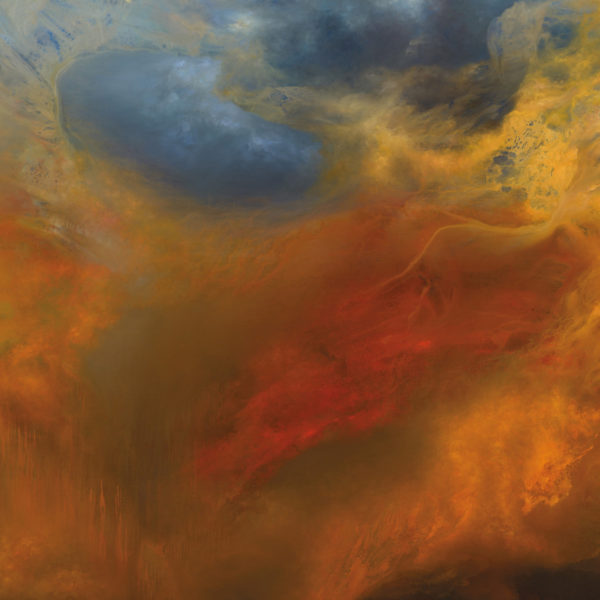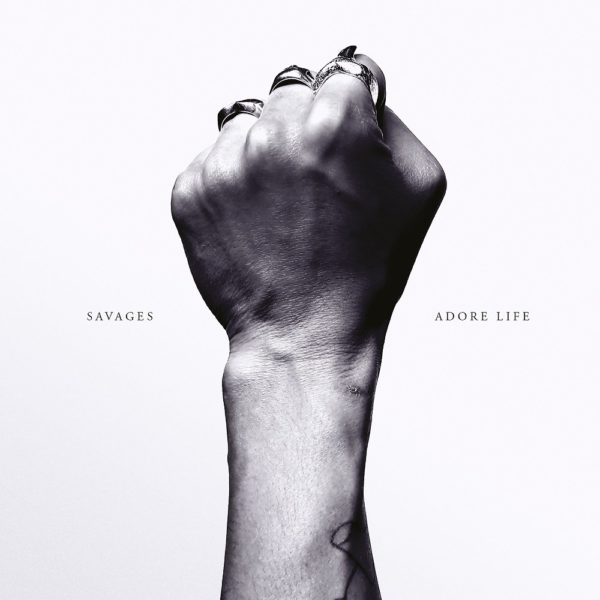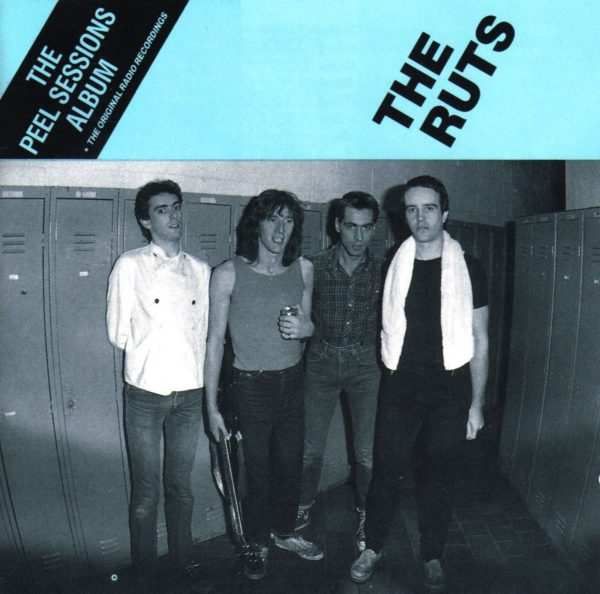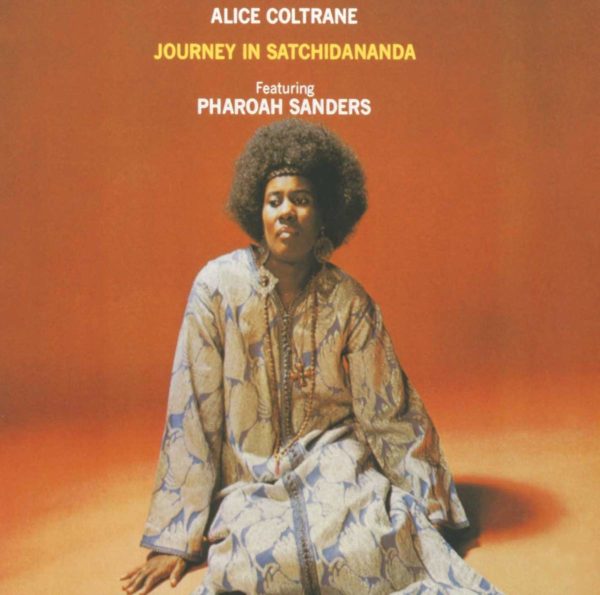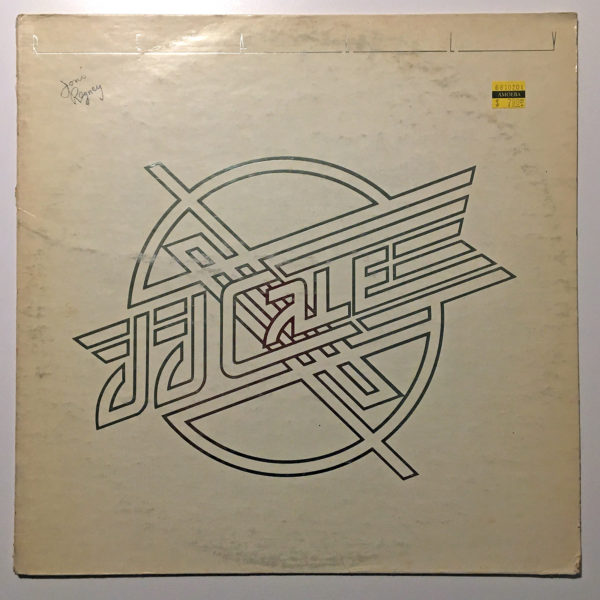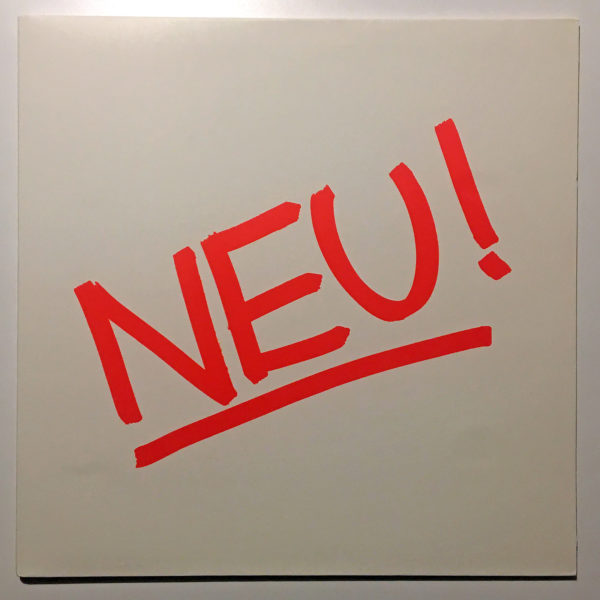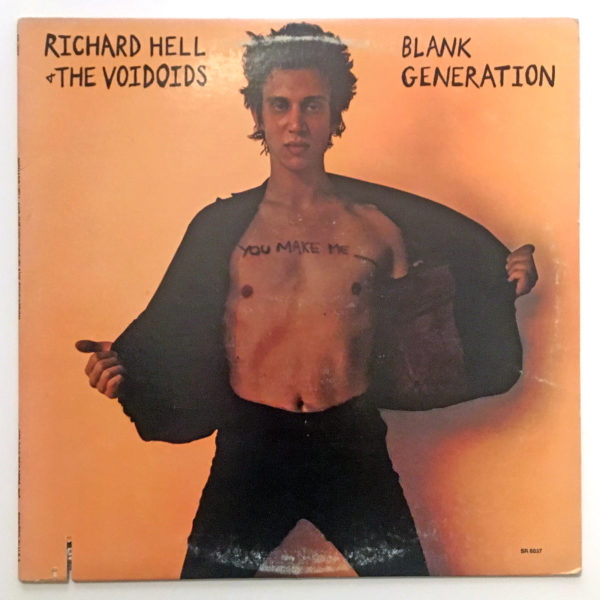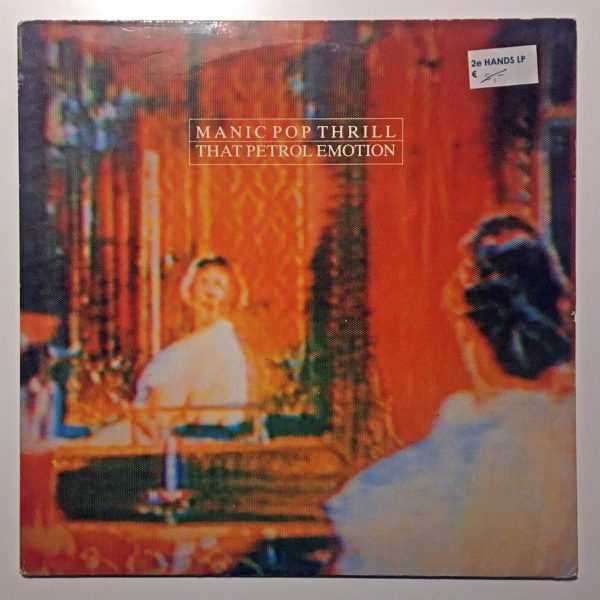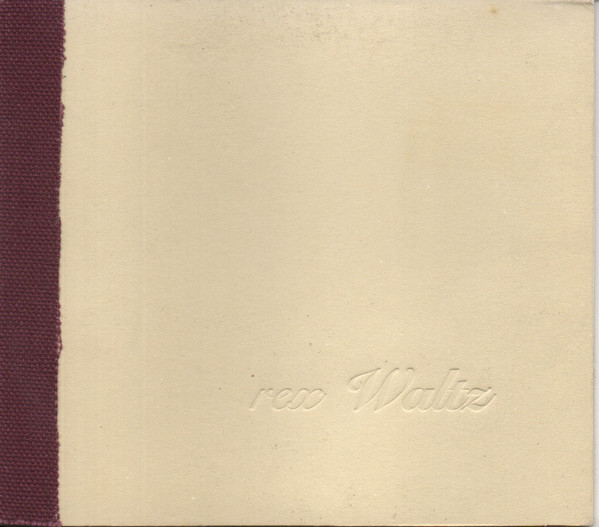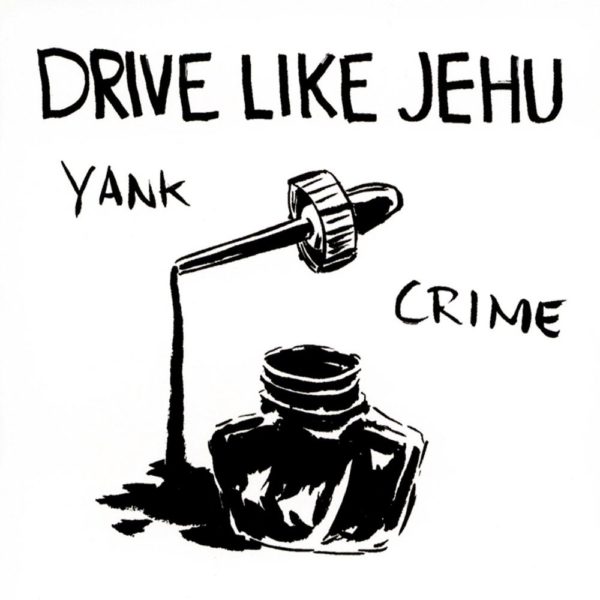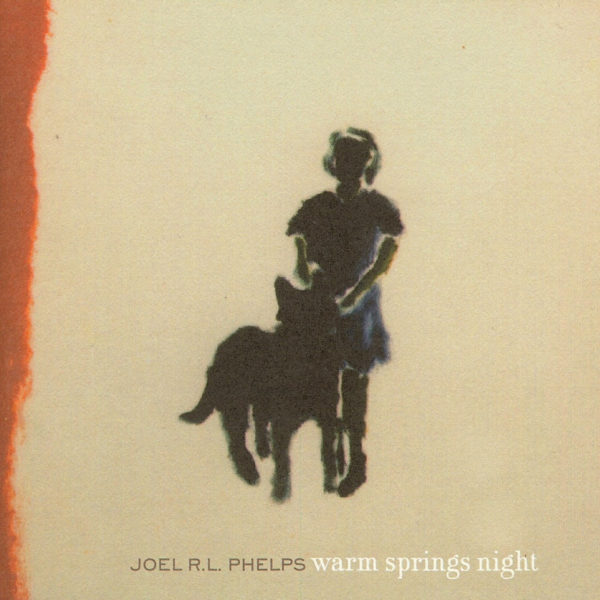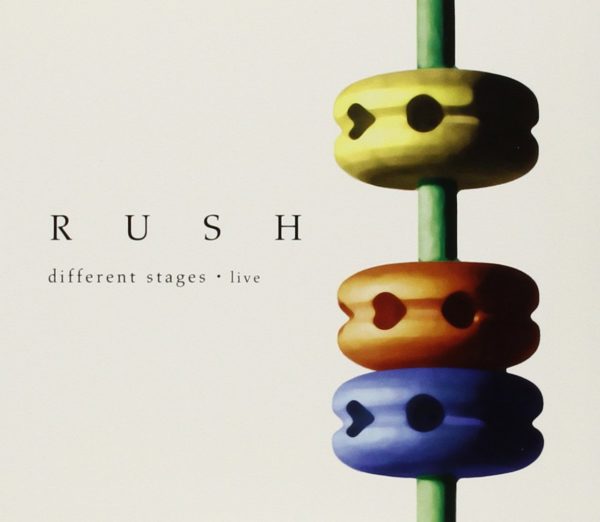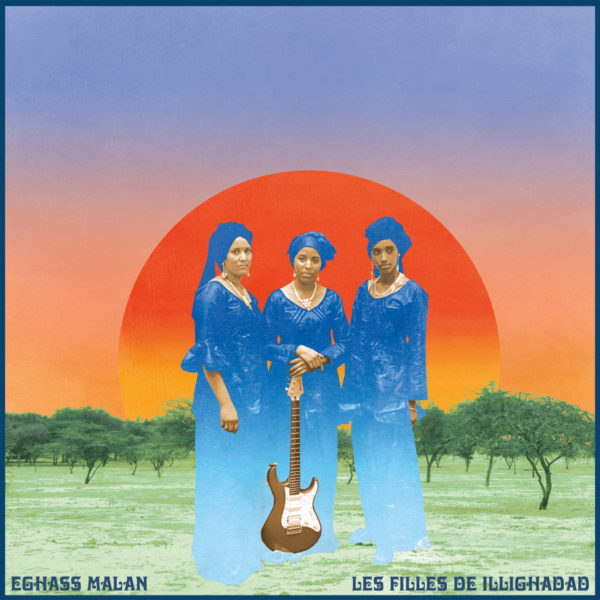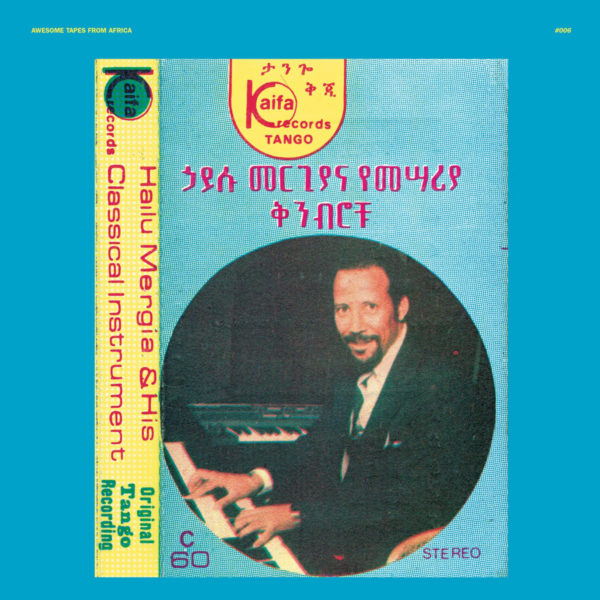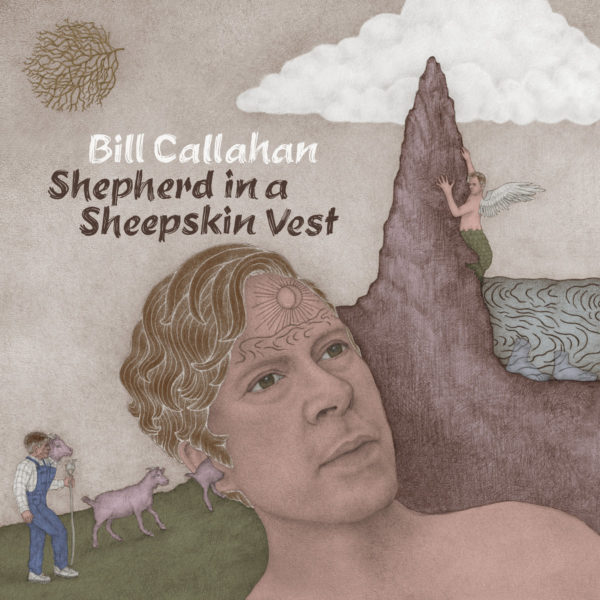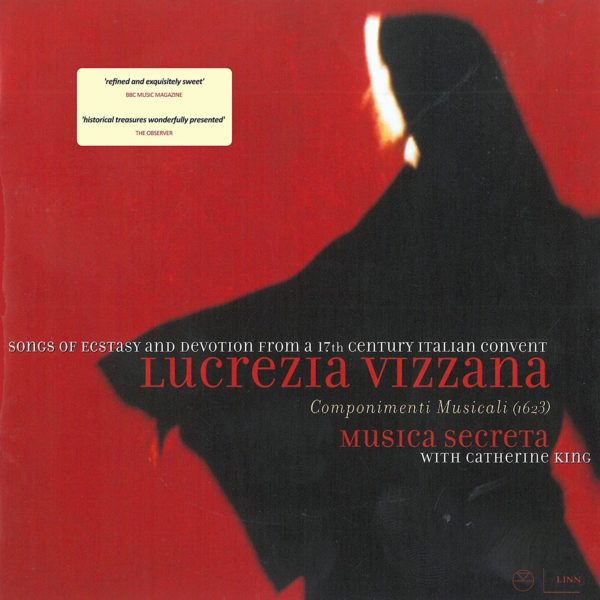[You can hear Nicky’s music here.]
TV on the Radio, Return to Cookie Mountain: When the opening track of Return to Cookie Mountain kicked in on a recent drive to the woods I was overcome by a startling whoosh of emotion and longing for the time before. This album came out in 2006 and felt futuristic with its kaleidoscopic soundscapes and pulsating rhythms that build tension and release. Tunde Adebimpe and Kyp Malone’s vocals are filled with so much hope and pathos that I dare you to not cry when you hear David Bowie’s guest vocals in the mix on “Province”. What a pleasant surprise to discover that this album has held up to the test of time and risen to the challenge of now.
Linton Kwesi Johnson, Dread Beat an’ Blood: Linton Kwesi Johnson was recently honored with the PEN Pinter Prize which reminded me to revisit his music. While it’s easy to get lulled by the heavy bass and cooler than cool vocals there is so much more to this album and really all of LKJ’s work than just an easy breezy flow. This record is a timeless mirror on race dynamics, imperialism and violence. Just fill in “Margaret Thatcher’s on the go with the racist show” with you know who and the line is as true as ever today. LKJ once said that his poetry is just his way of seeing things. His lyrics speak as clearly to this moment in the United States as they did to 1978 England. Madness, madness, madness indeed.
Sunn O))), Life Metal: I’ll admit Sunn O))) is an acquired taste but Life Metal might just be their most accessible album. I feel instant calm when the guitars on the first track “Between Sleipner’s Breath” start. This record requires that you slow down and give it time. Greg Anderson, Stephen O’Malley and company’s wall of sound are in deft hands with Steve Albini’s meticulous recording ethic. This album is about listening for the subtle tonal dynamics and melodic shifts. It’s a collection of songs that remind me to pay attention to the subtle changes in life. Luckily, I got to see them live in the fall of 2019 and the power of that performance is still percolating in my core.
Savages, Adore Life: This record is the right mix of angst and edge. Adore Life, Savages second album was met with glowing critical acclaim and I would add that it too has stood the test of time — well, the four years since it was released which of course feels like 100,000 years ago. Simply put, this is music for screaming and crying into your pillow and don’t we all need a soundtrack for that right now.
The Ruts, Peel Session (1979): The Ruts are so loveable that I’ve nearly worn out their full length album so I reach for the Peel Session like a cozy comfort blanket. Starting with the snarl of “S.U.S. ”[footnote]This is the studio version, not the Peel Session version of “S.U.S.”[/footnote] and ending less than 15 minutes later with a breathless “Something That I Said,” the performance and production on the Peel Session are lively and intimate. They recorded two sessions, as The Ruts in 1979 and one as Ruts DC in 1980. All of them are fantastic. The late John Peel loved The Ruts and for that we should all be grateful.
Alice Coltrane, Journey in Satchidananda: For obvious reasons I’ve been thinking about escape a lot these days. I head to the coast as often as possible to be reminded that at least the waves and the endless expanse of the ocean is certain. This record gives me that same feeling. Alice Coltrane with Pharoah Sanders, Cecil McBee, Charlie Haden, and Rashied Ali have been taking me on journeys of the astral plane for decades now. Each listen offers a new understanding of how this record is begging the listener to move into an Afro-futuristic world where the imagination is revered and there is room to breathe. It gives me hope that someday we will get out of this mess and move into the beyond.
